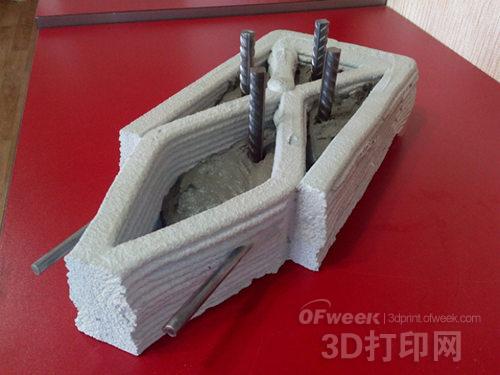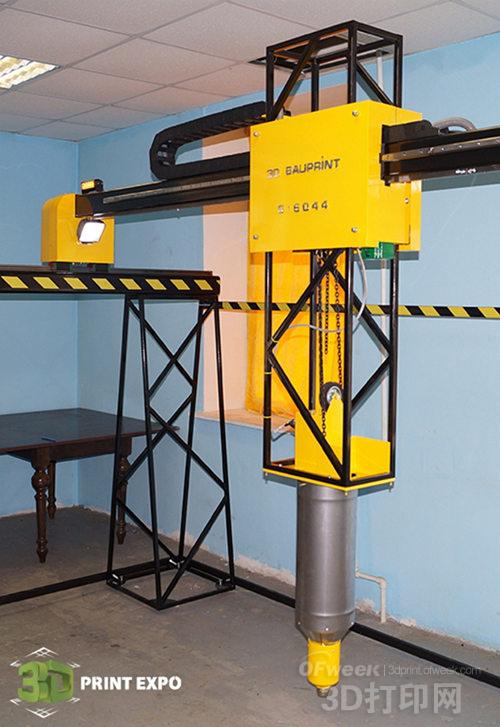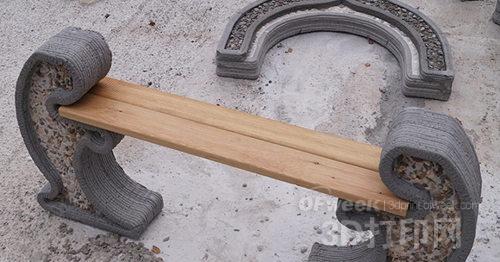Some time ago, the OFweek 3D printing network reported on the development of 3D printed buildings both domestically and internationally. While people were still in awe of this innovation, a new wave of 3D printed construction emerged. This time, it was a Russian company named Spetsavia that caught the attention of the industry.
According to reports from Russian media, Spetsavia will showcase its groundbreaking 3D printing technology and 3D printers at the upcoming 3D Printing Expo in Moscow this October. The company claims that their system can be set up directly on a construction site, allowing for either the full-scale 3D printing of a house or the production of smaller, modular building components that are later assembled into a final structure.
Spetsavia's 3D printers have a maximum print volume of up to 12 cubic meters, making them well-suited for small and medium-sized construction projects. To date, the system has been used to create various landscape design elements, such as individual building blocks, gazebos, verandas, summer houses, and garages.

The company states that their 3D printers, like the S-1160 model, can handle a wide range of building materials, including traditional cement and refractory kaolin mixtures. These materials are ideal for constructing heat-sensitive structures such as stoves, fireplaces, and external furnaces.
It is known that Spetsavia's products have already started being applied in airport renovation projects in Russia. They focus on building systems such as control tower structures, aprons, and communication facilities. Some towers have even reached heights of up to 100 meters. In 2014, the company introduced a CNC plasma cutting machine, which eventually led to the development of 3D printers tailored for the construction industry.

Despite challenges such as the lack of regulations and technical hurdles, many real-world applications have shown that 3D printing technology is not only feasible but also cost-effective and capable of delivering impressive results. Spetsavia mentions that their S-6043 printer can produce architectural elements measuring up to 5 x 3.2 x 2.8 meters. It operates efficiently in ambient temperatures ranging from +5 to +30 degrees Celsius.

A key part of the system lies in the development of specialized materials that meet the requirements of the 3D printing process. Spetsavia adds fibers such as basalt, steel, or polypropylene to concrete, resulting in enhanced structural performance. These additives improve strength, reduce weight, and lower costs for reinforced structures.
The S-1160 is the largest model in Spetsavia’s line of architectural 3D printers, featuring a working area of 10 x 7 meters. According to the company, this printer can build structures up to 5.5 meters high and print an entire 120 square meter house in one go. Additionally, Spetsavia claims they have successfully integrated other components like steel and pipe insulation into their printed structures.

Charcoal Pencil Sharpener Grinder,Pencil Sharpener Grinder,Professional Sharpener For Pencil,Double Hole Pencil Sharpener
Zhoushan Shenglan Trade Co., Ltd.  , https://www.seamiart.com
![<?echo $_SERVER['SERVER_NAME'];?>](/template/twentyseventeen/skin/images/header.jpg)